A stroke is one of the leading causes of death and disability worldwide. If not treated effectively, they can have serious consequences.
Noticing the signs of a stroke and reacting quickly is often quite literally the difference between life and death. Interestingly, some stroke victims may actually experience signs of a stroke a week before having one.
What Exactly iIs a Stroke?
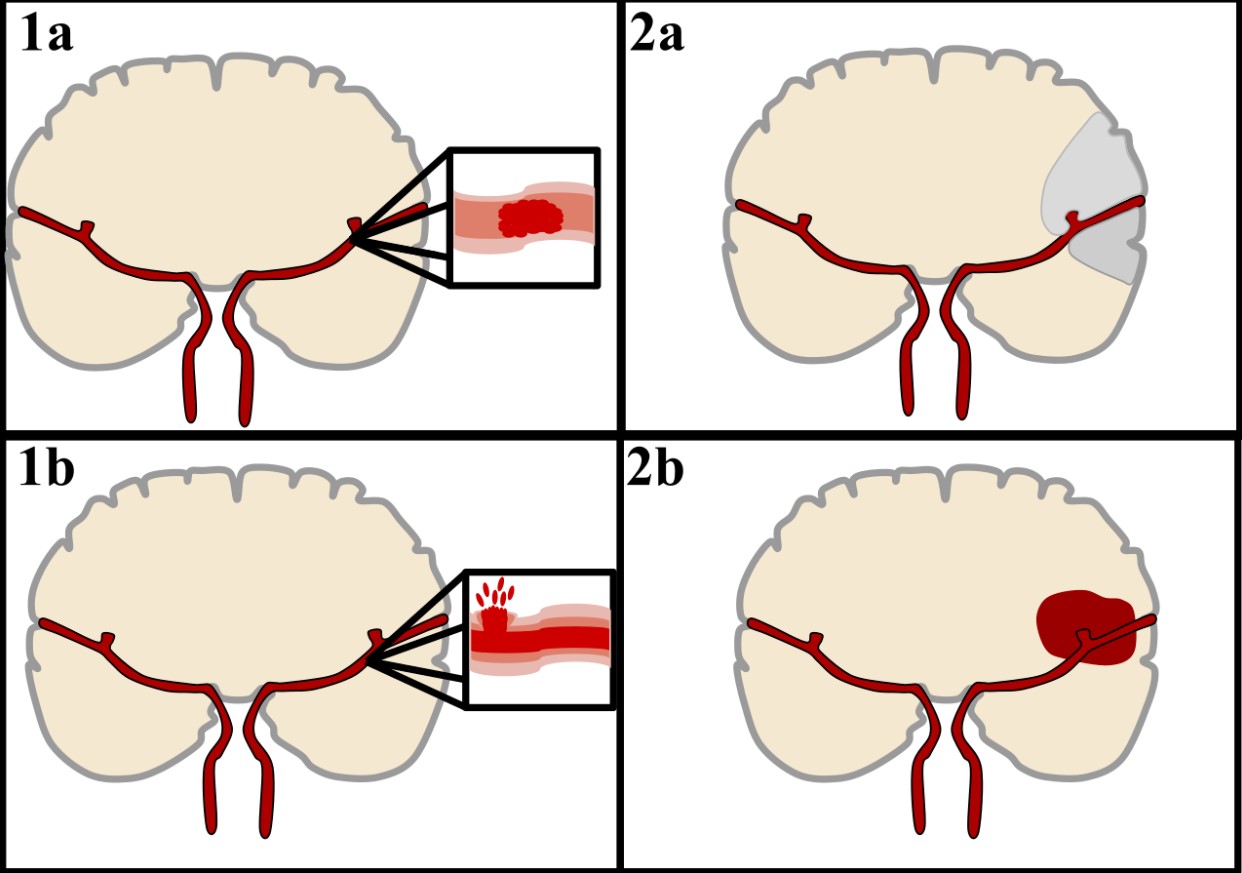
A stroke is basically a brain attack involving the blood flow to the brain. There are two types of stroke, ischemic and hemorrhagic stroke.
An ischemic stroke occurs when the blood supply to part of the brain is reduced or blocked, preventing brain tissue from getting nutrients and oxygen. A hemorrhagic stroke is where a blood vessel leaks or bursts causing a bleed on the brain.
How Do Strokes Present?
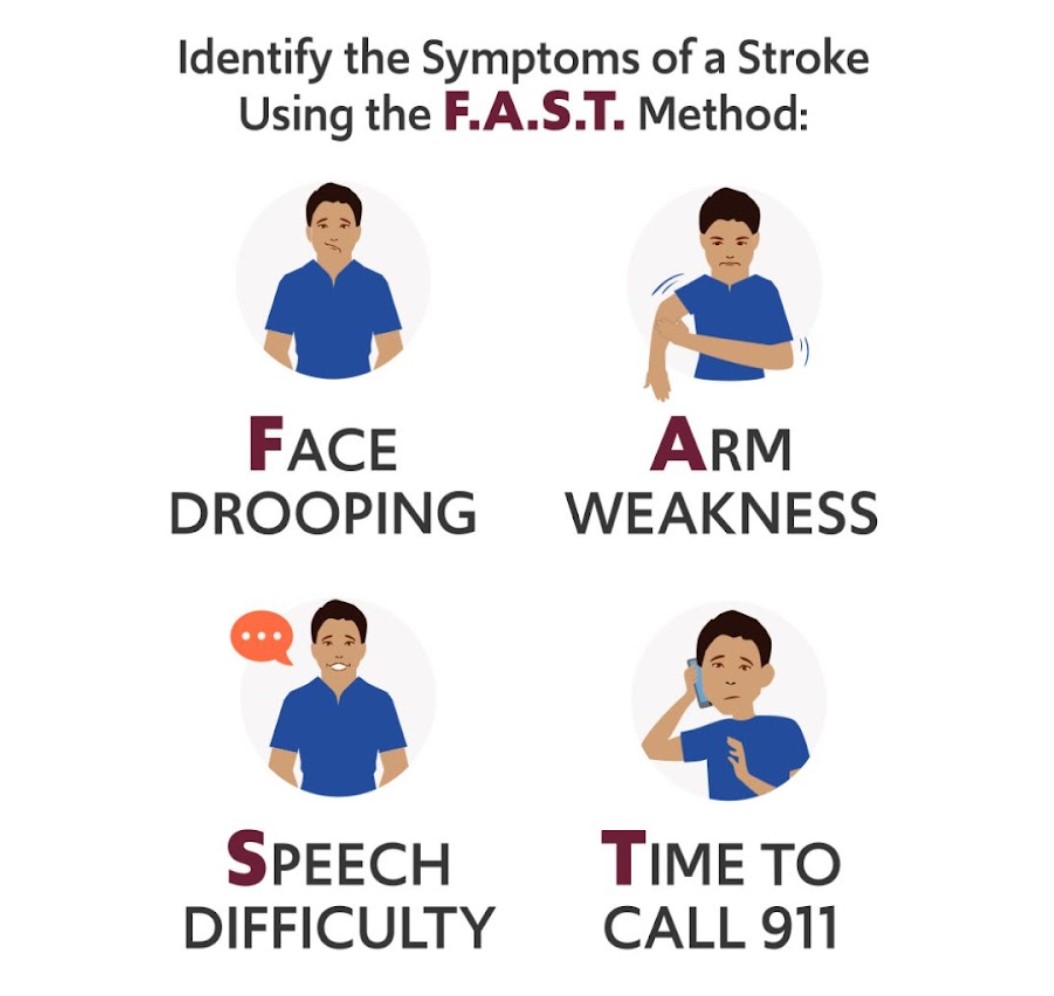
The symptoms of a stroke can be helpfully remembered with the acronym FAST: Face (does one side of the face drop when a person smiles?), Arms (is a person able to raise both arms, or does one drop?), and Speech (is their speech slurred or different than usual, or do they have issues understanding?).
The final letter, T, stands for Time — if any of these symptoms are in play, it’s time to seek emergency medical help immediately.
35,000 Annual Deaths
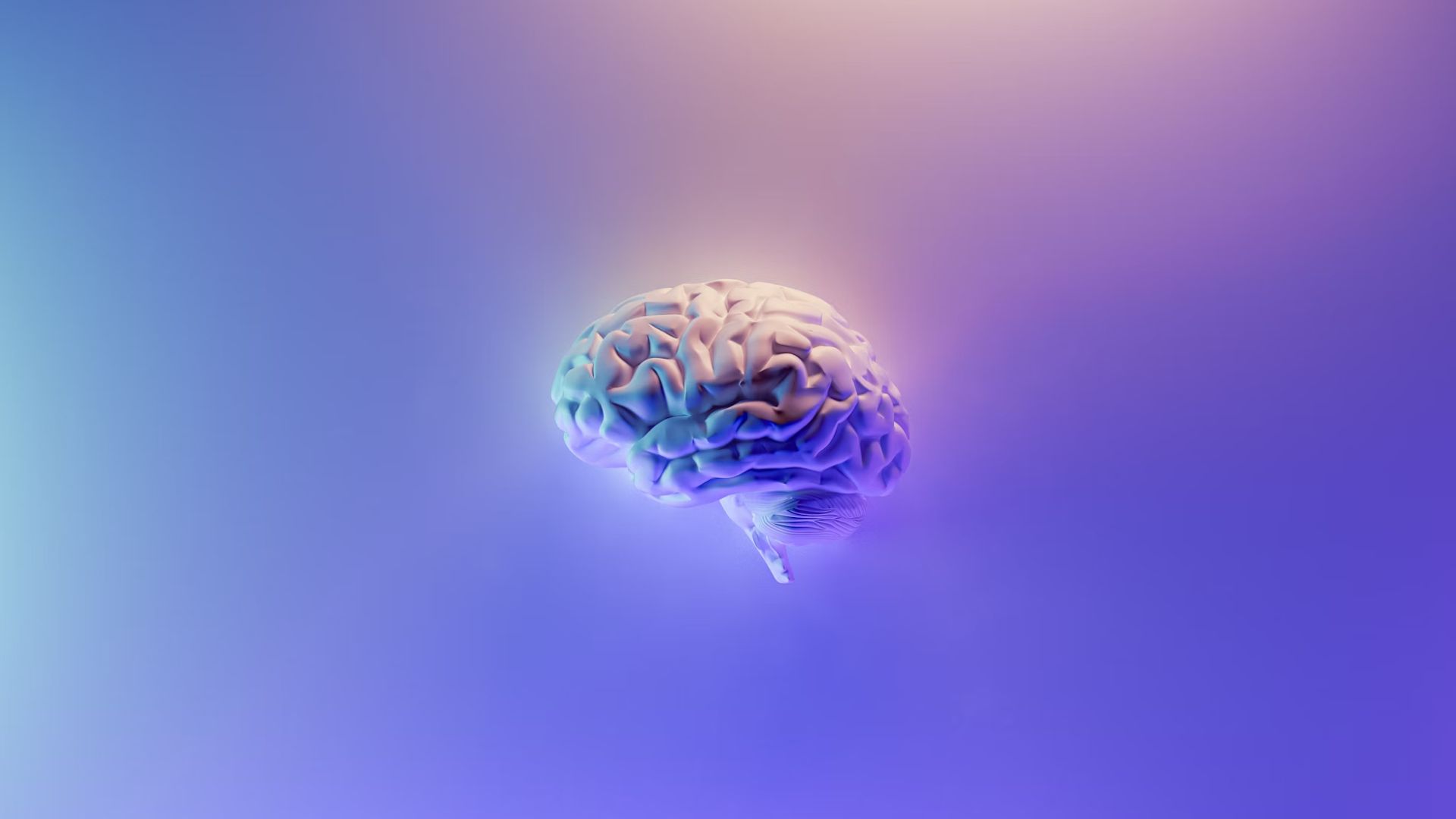
Over 35,000 annual deaths are caused by a stroke. This is equivalent to one death every 17 minutes. This is why it is important to know the symptoms of a stroke to have the best chances of avoiding death.
Even though the chances of dying from a stroke are much lower than they used to be, there is still a chance that death or significant life changes will happen if you have a stroke, so picking up on early signs and symptoms is essential.
Catching a Stroke Early

Signs of a stroke can appear suddenly, but that doesn’t mean that there isn’t time to act. People certainly shouldn’t delay at all to see if symptoms improve on their own or wait to see if they get worse before acting.
Some people might also experience symptoms like headaches, numbness or tingling several days before having a serious stroke, indicating that something bad is on the way.
Early Symptoms of a Stroke?

Cardiac Screen has also identified early-warning stroke symptoms that affect almost half of stroke patients, giving signs of an oncoming stroke the week before it actually happens.
According to Cardiac Screen: “One study found that 43% of stroke patients experienced mini-stroke symptoms up to a week before they had a major stroke. If you take note of these symptoms and seek help, even if they go away, then your chances of a good recovery are much better.”
Some People Experience Signs Much Later
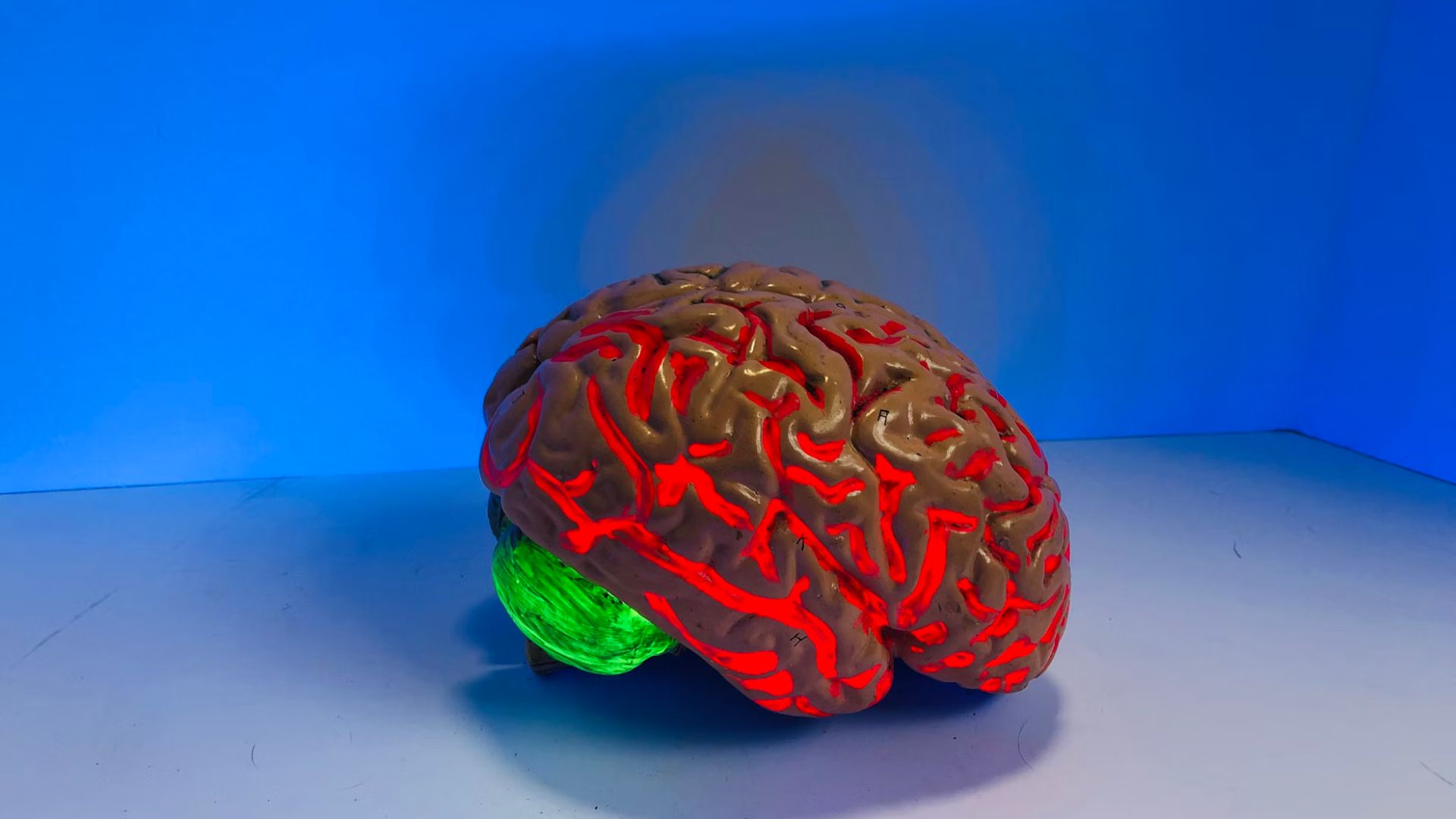
Even though almost half of stroke patients experience symptoms a week beforehand, others experience them much closer to the major stroke happening.
17% of patients had experienced these symptoms on the day of the stroke, whereas just 9% had experienced them the day before.
What Is a Mini Stroke?
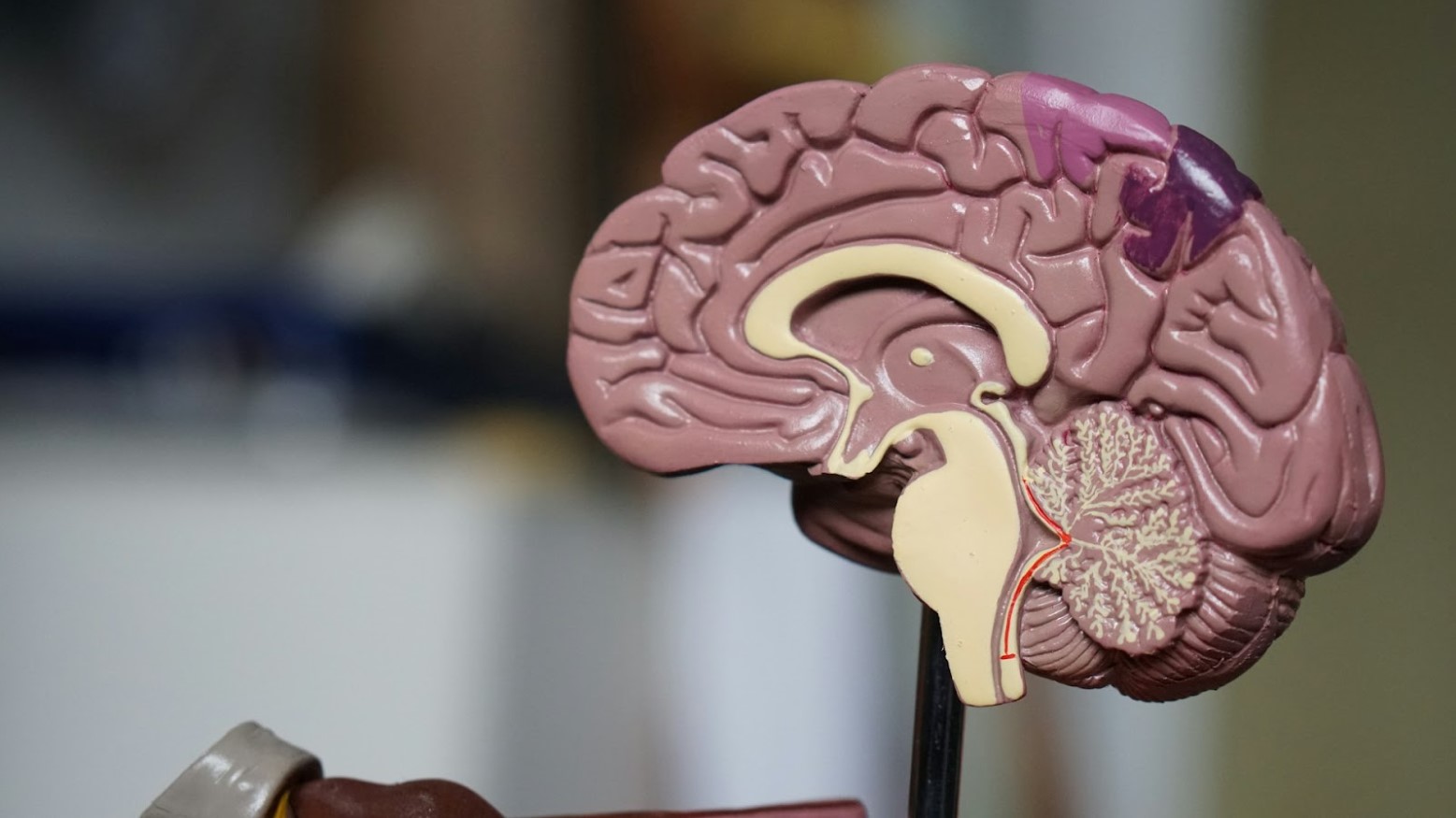
A mini stroke is also known as a transient ischemic attack (TIA). It’s basically a cardiovascular event that temporarily reduces the blood flow to the brain.
TIAs don’t cause permanent damage but present with symptoms that are the same as those of an actual stroke. While they provide an early warning that a patient may be at risk of a stroke, during the early stages of a TIA, it’s not clear if a patient is having a TIA or a full stroke, so it’s best to simply react as you would for a stroke.
What Causes a TIA?
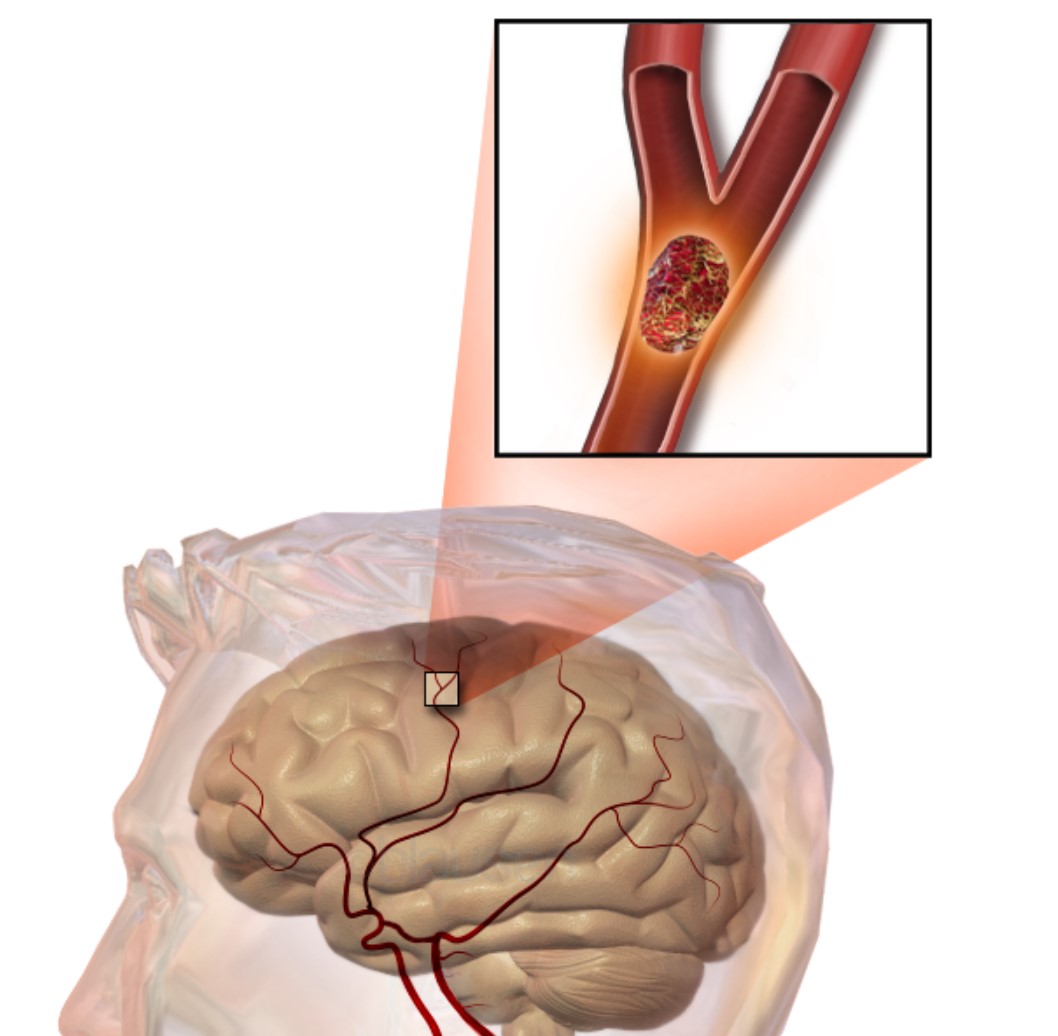
As with a full ischemic stroke, a TIA is typically caused by a blood clot that blocks the blood vessels supplying oxygen to the brain.
If a TIA is suspected, always call an ambulance. Patients should also be offered aspirin as part of their treatment. Even if the TIA symptoms disappate while waiting for the ambulance, it’s important to still be assessed by a doctor as a TIA is an indicator of a risk of a full stroke.
TIAs Have Always Been a Precursor to a Stroke
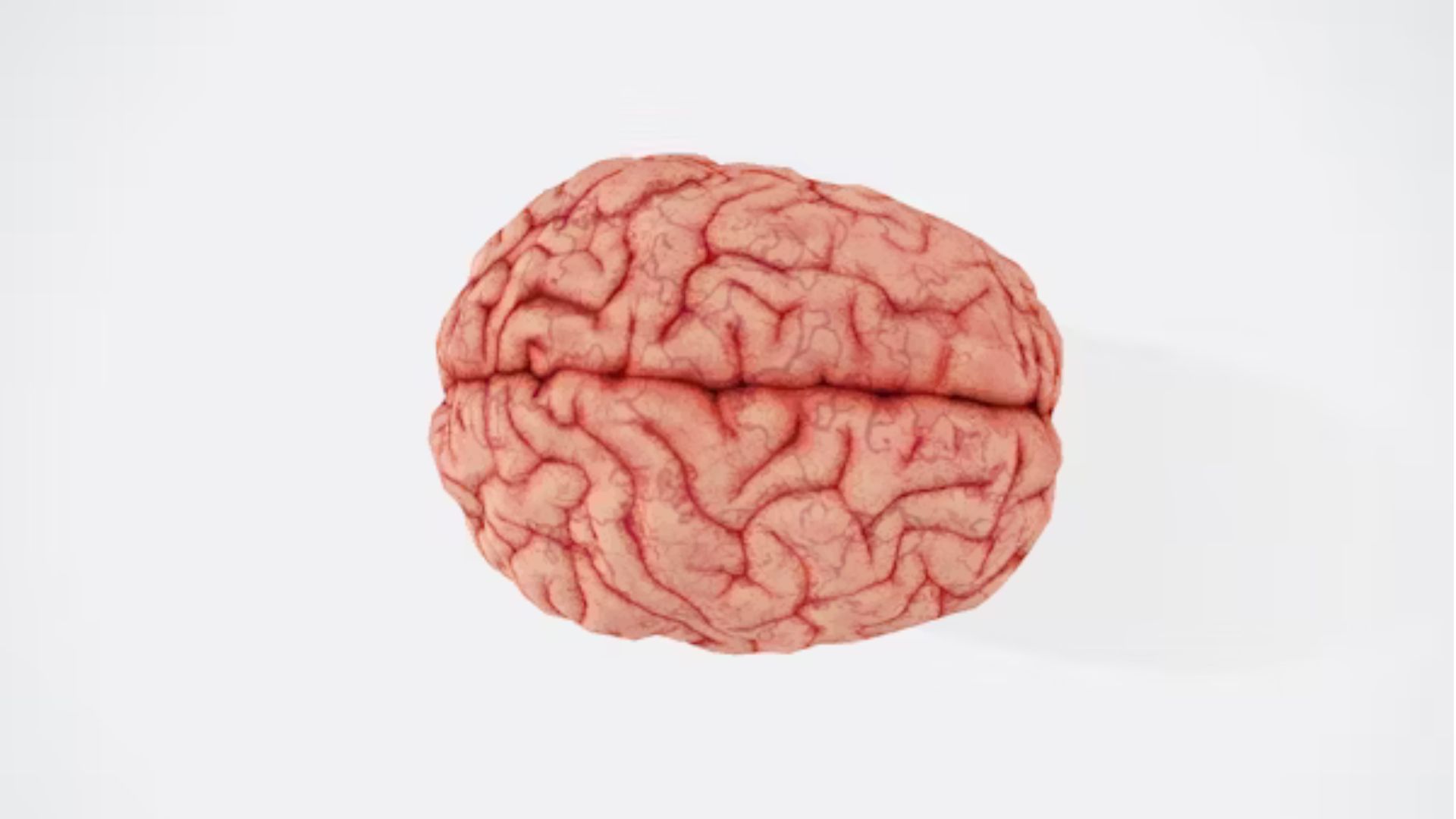
Even though this data is relatively new, doctors and scientists have always known that TIAs are a precursor to a stroke, but it wasn’t known just how many stroke patients had experienced them.
There had also been limited data on the timeframe between someone experiencing a TIA and a major stroke, but the results show that TIA patients require treatment within the coming days to prevent a major stroke from happening.
Sudden Delirium Is a Major TIA Sign

If you or someone else is experiencing sudden delirium, this is one of the major signs of a TIA. This is when someone experiences sudden confusion or changes in behavior.
It can be somewhat scary to witness someone go through this, but it can be even scarier if you are going through it yourself. The most important thing you can do is try to stay as calm as possible and get the help you need.
A Severe or Unusual Headache
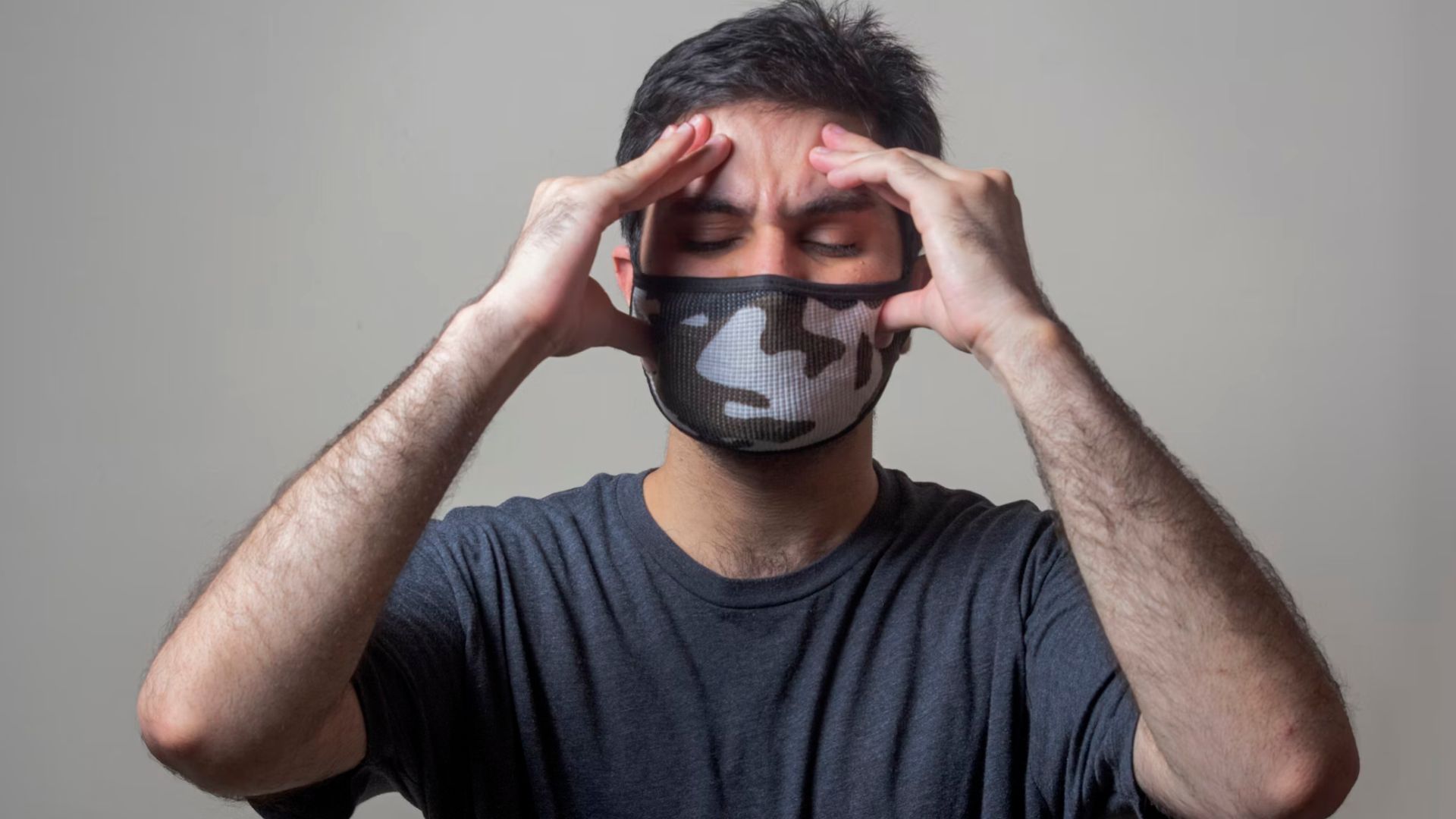
Another TIA symptom is suddenly developing a severe or unusual headache that you have never experienced before.
This is known as a sentinel headache, which is a headache that happens before an event. These headaches tend to last until the stroke happens, and those with a sentinel headache are more likely to have atrial fibrillation (a type of arrhythmia) than those who don’t experience it.
How to Respond to Stroke Symptoms
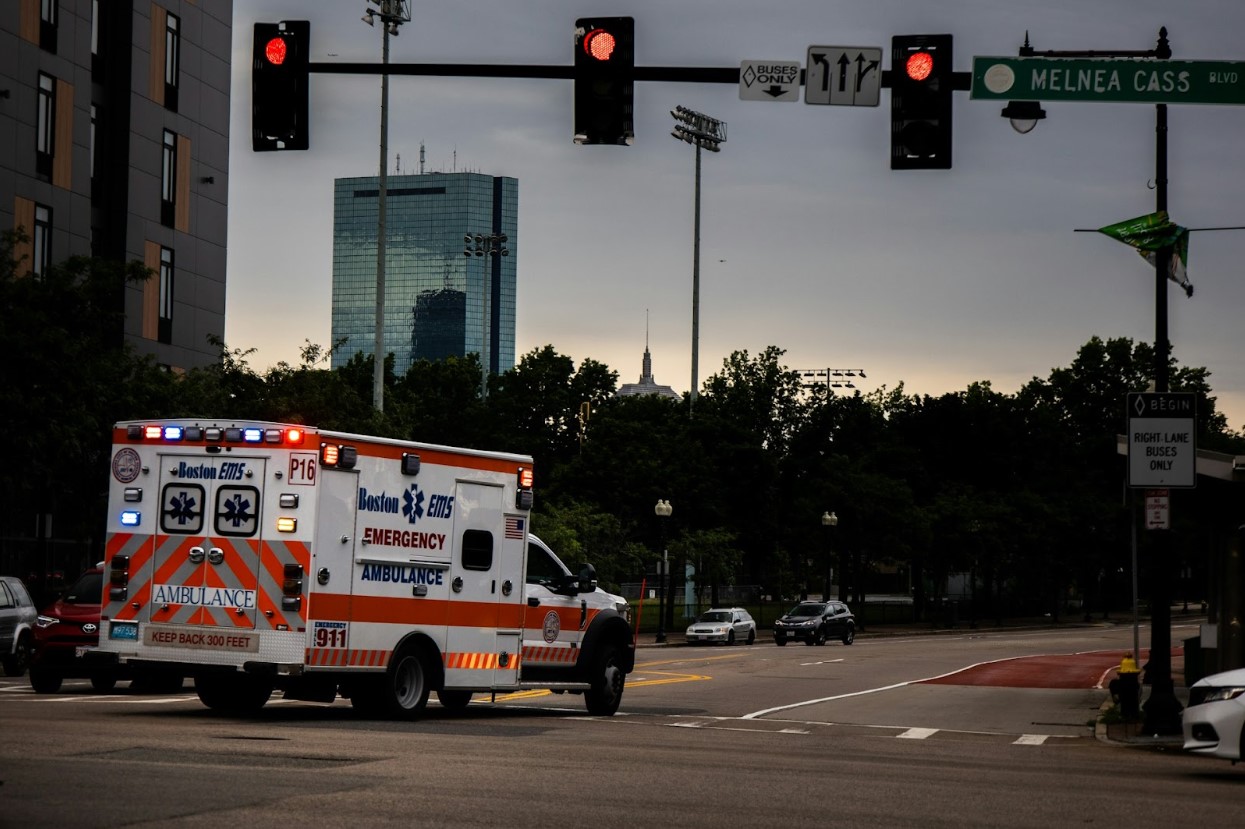
A stroke is a massive medical emergency. If you suspect someone is having a TIA or a stroke based on their symptoms, get medical help immediately.
Call for an ambulance if you suspect someone may be having a stroke. Time is a factor in treating a stroke and preventing extensive brain cell death.
Being Seen Within 24 Hours

The hope is that a specialist will see someone who reports to the hospital with signs of a stroke within 24 hours of the onset of symptoms.
Because a TIA is a warning sign that someone might be at risk of a stroke in the near future, a full assessment enables doctors to find the best ways to reduce the chances of a full stroke happening.
The Urgency of Treatment Is Unknown
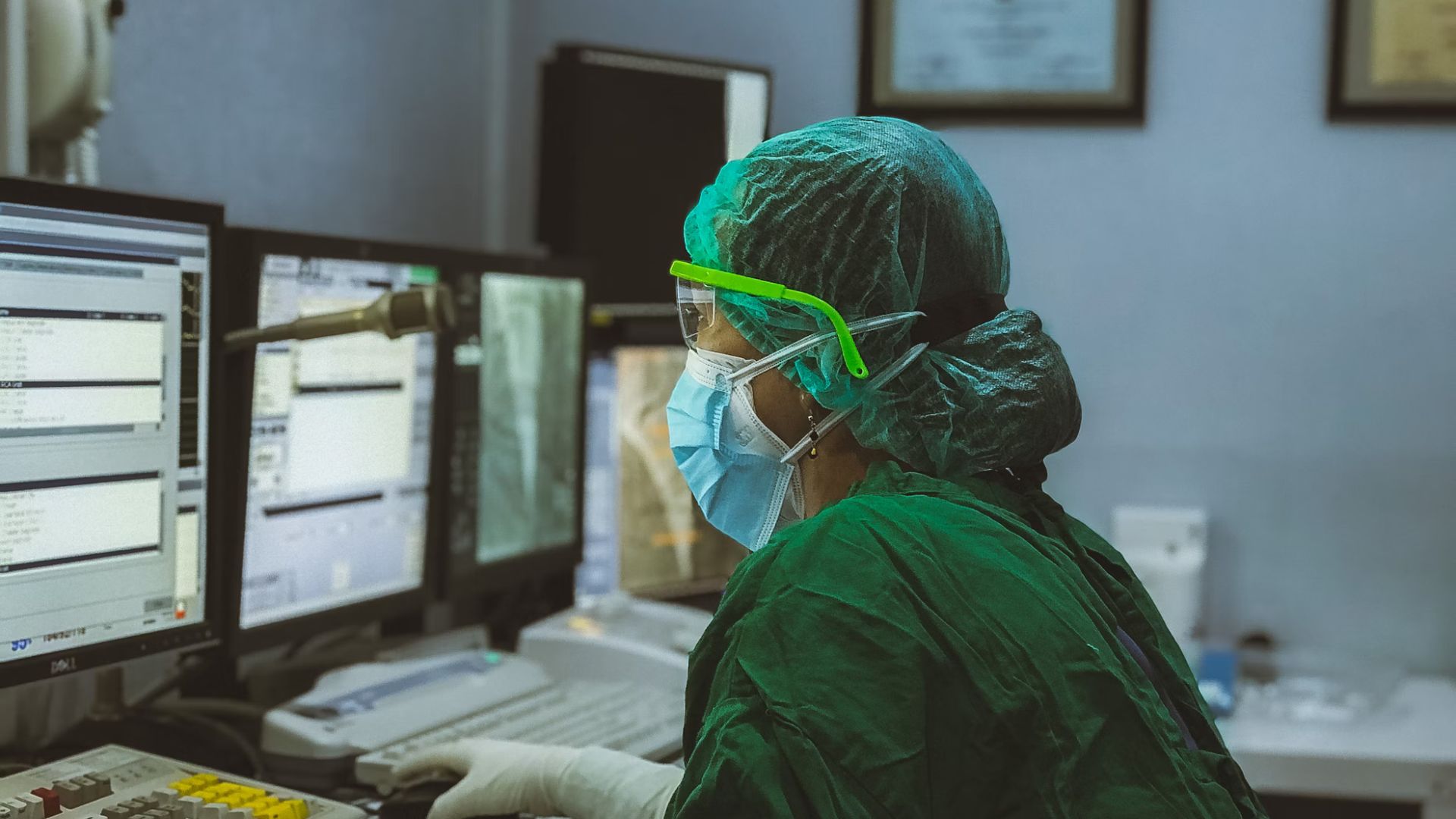
Even though doctors know that patients should be seen within 24 hours of exhibiting TIA symptoms, what isn’t known is just how quickly they should be seen within these 24 hours.
It is known that the first few hours after these symptoms present themselves are critical, and doctors are still trying to figure out when treatment must be administered by within the 24 hours to lessen the impact.
These Symptoms May Not Be a TIA
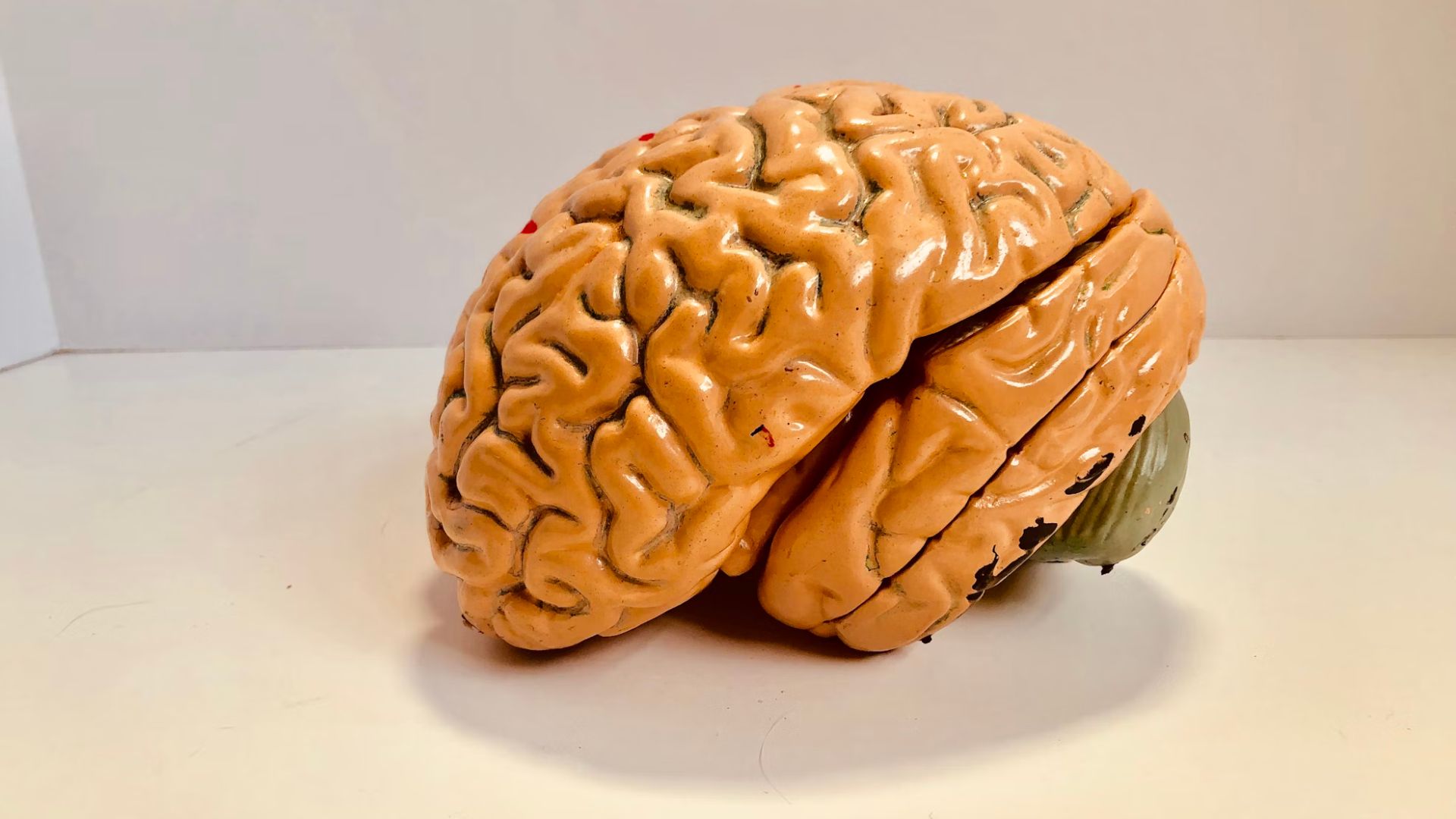
One thing that is important to note is that experiencing TIA symptoms doesn’t necessarily mean that you are having a TIA. Sometimes, these could just be an individual event that has other explanations behind it.
However, if you experience a selection of these symptoms together or in a severe way, or if you are worried about any symptom at all, you should get these checked out. The medical professionals will be able to give you a better idea of whether you are experiencing a TIA or something else.
The Possible Impact of a Stroke
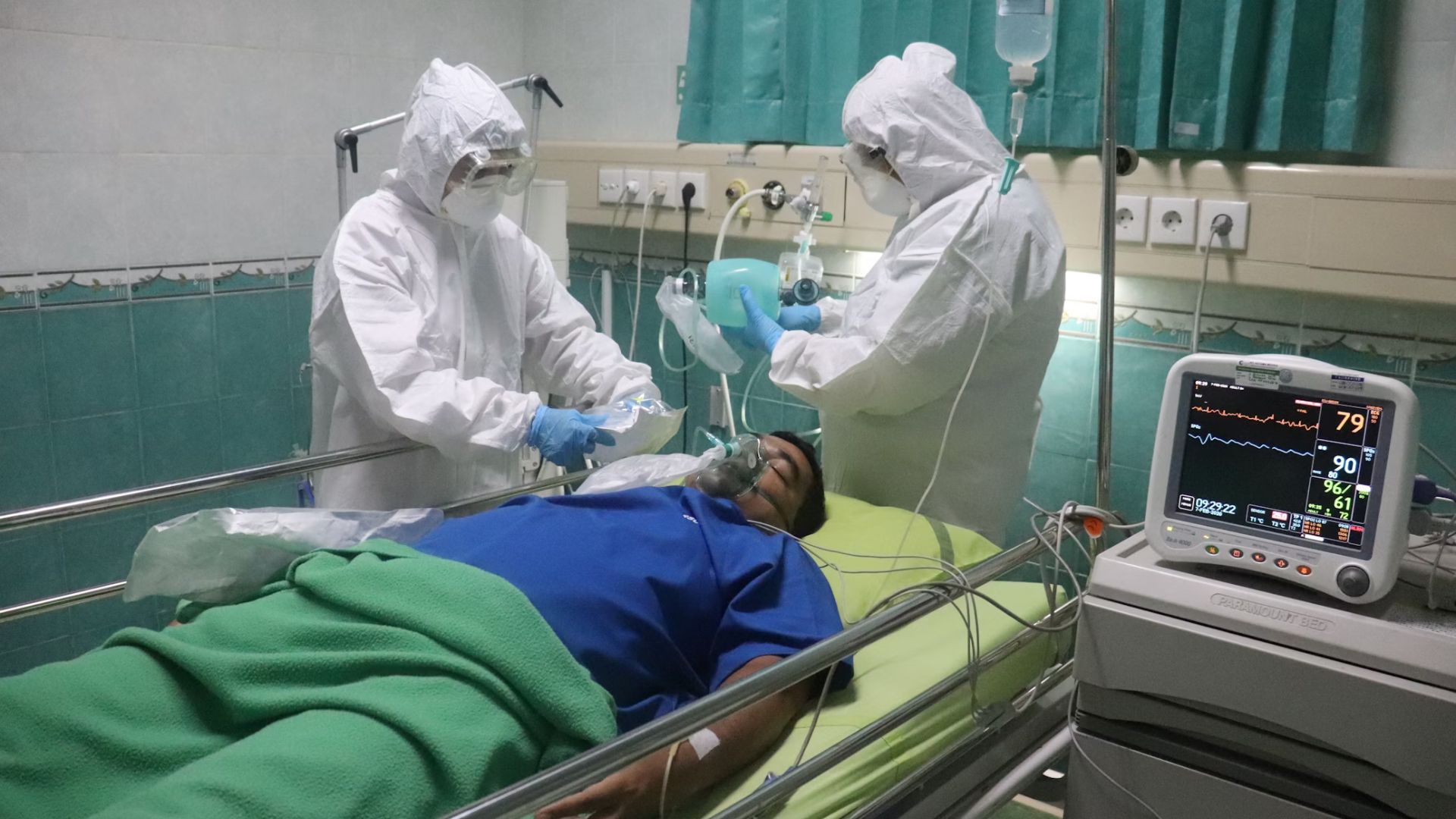
As a stroke essentially causes damage to parts of the brain tissue, it can sometimes lead to temporary or permanent disabilities. Complications from a stroke can depend on how long the brain is without proper blood flow and which parts of the brain are affected.
Complications from a stroke can include paralysis, typically on one side of the body, trouble talking or swallowing, memory loss or cognitive impairment, and changes in behavior and issues controlling emotions.
Stroke Treatment

Stroke treatments have come a long way, with fewer Americans dying of stroke now than in the past. Treatments are also more effective at preventing disability post-stroke.
A lot of effective stroke treatment is preventative, particularly following a TIA. For instance, doctors may recommend a change in lifestyle or prescribe preventative medication to reduce the likelihood of a stroke. Surgery may also be carried out to unblock blood vessels supplying blood to the brain.
Some May Require an MRI Scan
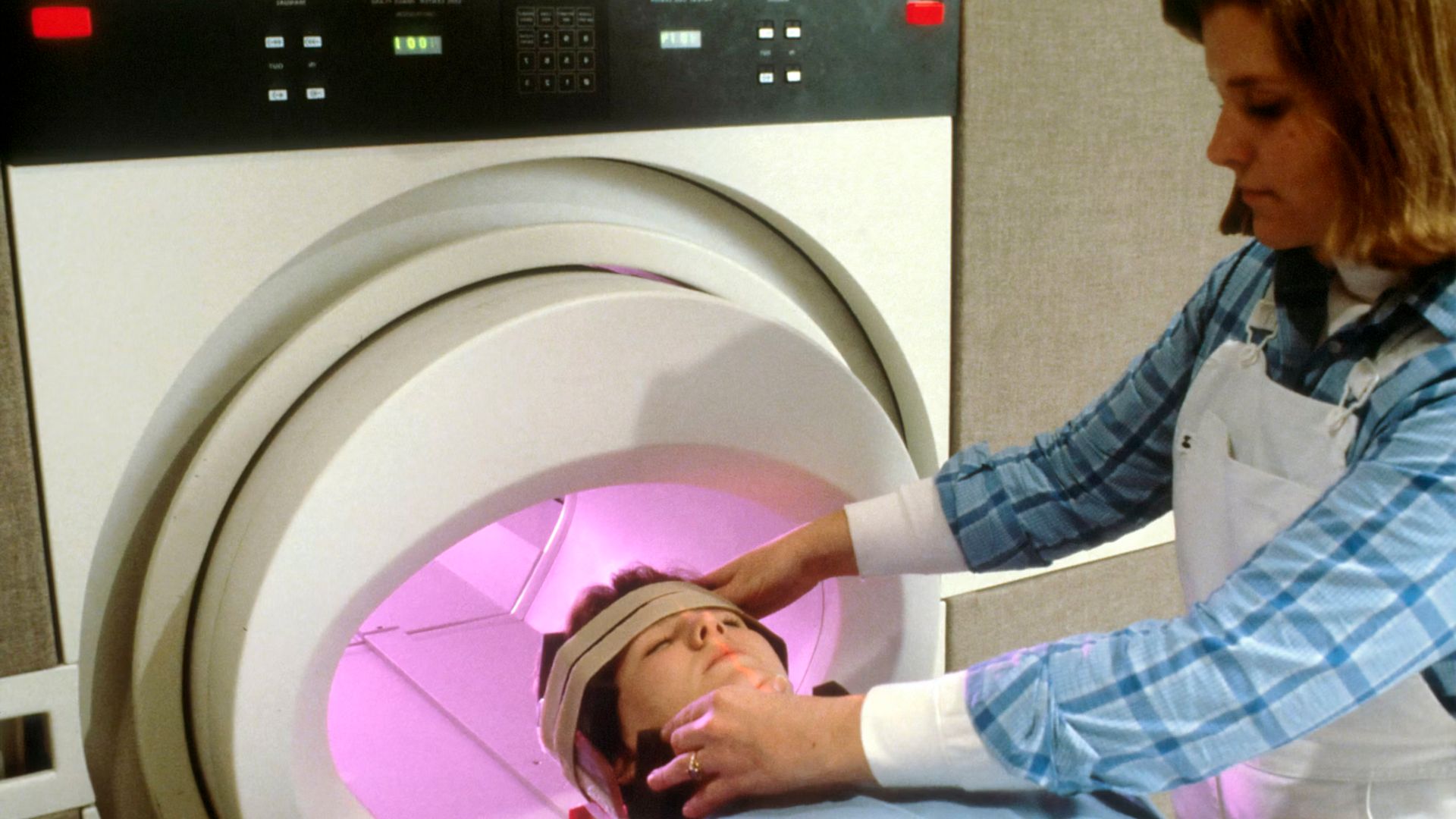
Some patients might require an MRI scan. In the majority of cases, people won’t be given a scan because a TIA is temporary and doesn’t necessarily cause any damage that would show up on a scan.
However, if you tell a doctor your symptoms and they are unsure of what may have caused them, they might get you to have an MRI to rule out other issues, such as a bleed or any abnormalities in the brain.
No Driving for a Month

If you have a TIA, it is important that you don’t drive for at least a month after the event. This applies to those who drive a car or motorbike; however, bus and lorry drivers shouldn’t drive for at least a year.
While this can be frustrating and, in some cases, impact people’s livelihoods, it is important to refrain from driving until you get the all-clear. Going against these guidelines could put yourself and others in grave danger.
Everyone’s Experience Is Different
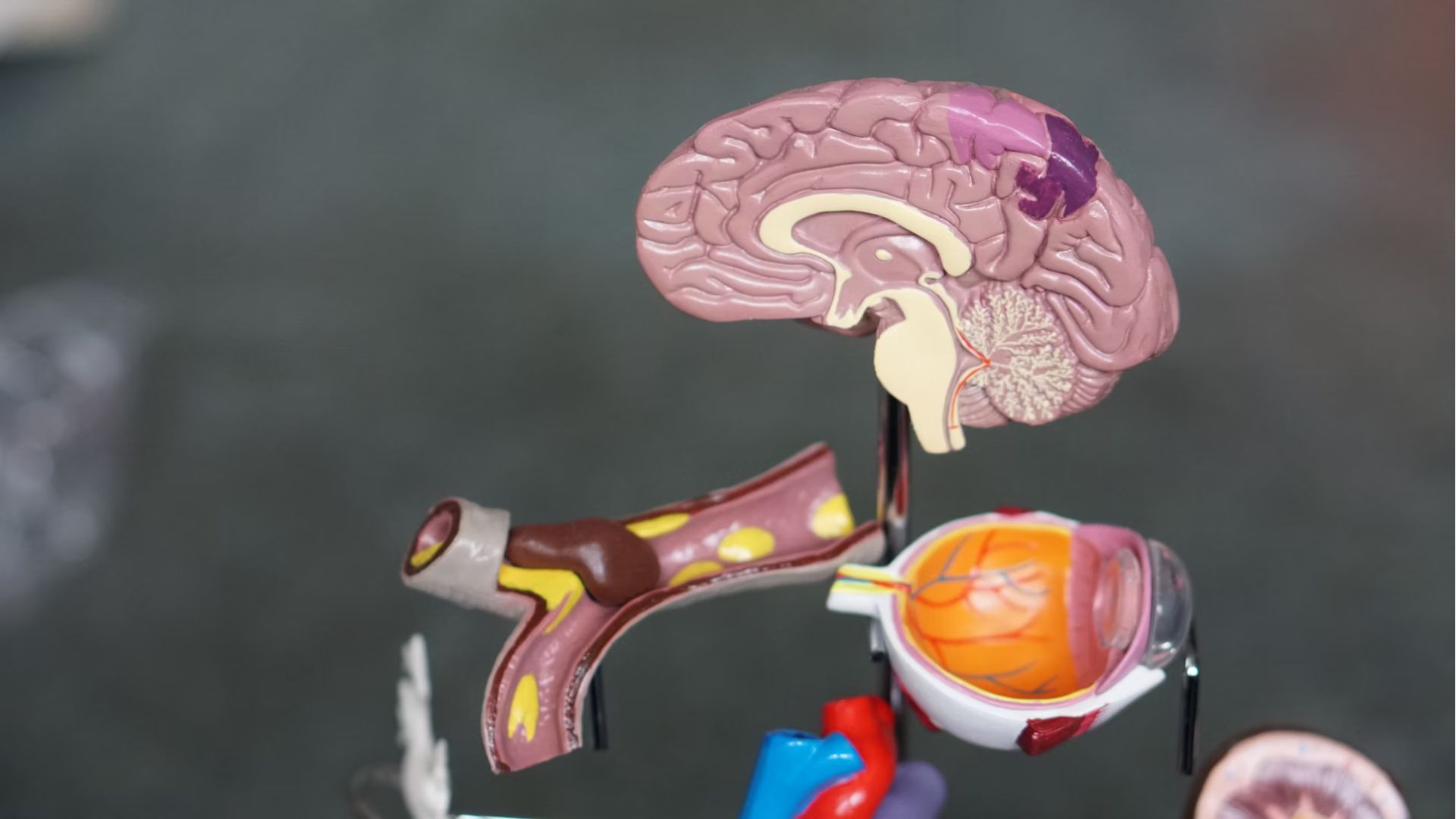
Everyone has a different experience with a stroke. Some might not have any lasting effects, but others will have effects that last for varying periods of time.
This is why being unable to drive for a month is just a guideline. This could be extended if you are experiencing long-lasting effects of the stroke, such as problems with your vision or weakness in your arms and legs.
Stroke Risk Factors

Preventative treatments focus on reducing risk factors that may make a patient more prone to experiencing a stroke.
Risk factors include lifestyle factors, such as being overweight or obese, heavy alcohol abuse, a sedentary lifestyle or the use of narcotics like cocaine. Medical risk factors include high blood pressure, high cholesterol and diabetes.
How To Reduce Your Risk of a Stroke

If you are worried that you are at risk of a stroke, there are some things you can do to try and lower your risk of a stroke occurring. This includes maintaining a moderate weight, getting regular exercise, eating a diet that limits saturated fats and cholesterol, and taking medications that manage and treat any health conditions you might have.
You should also keep your blood pressure in a healthy range, get your cholesterol levels checked every five years, get checked for any heart issues, control blood sugar if you have diabetes, and quit smoking.
Forewarned Is Forearmed
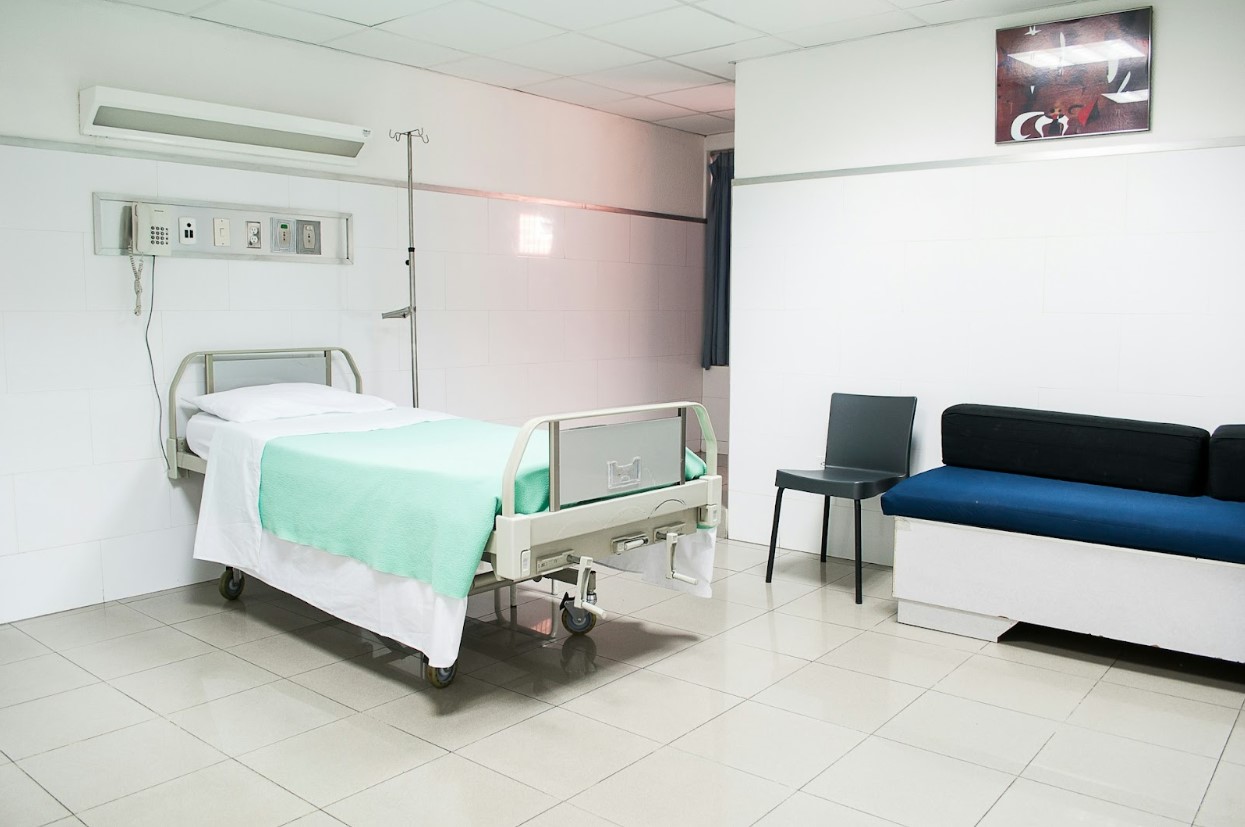
Strokes can be devastating for those who experience them and for the friends and family who have to witness a loved one suffer through them and try to rebuild after.
With many medical conditions, recognizing the signs and ensuring early treatment are the key to minimizing the damage. This is especially true with a stroke. Recognizing early symptoms like these and knowing how to respond could help save lives.
